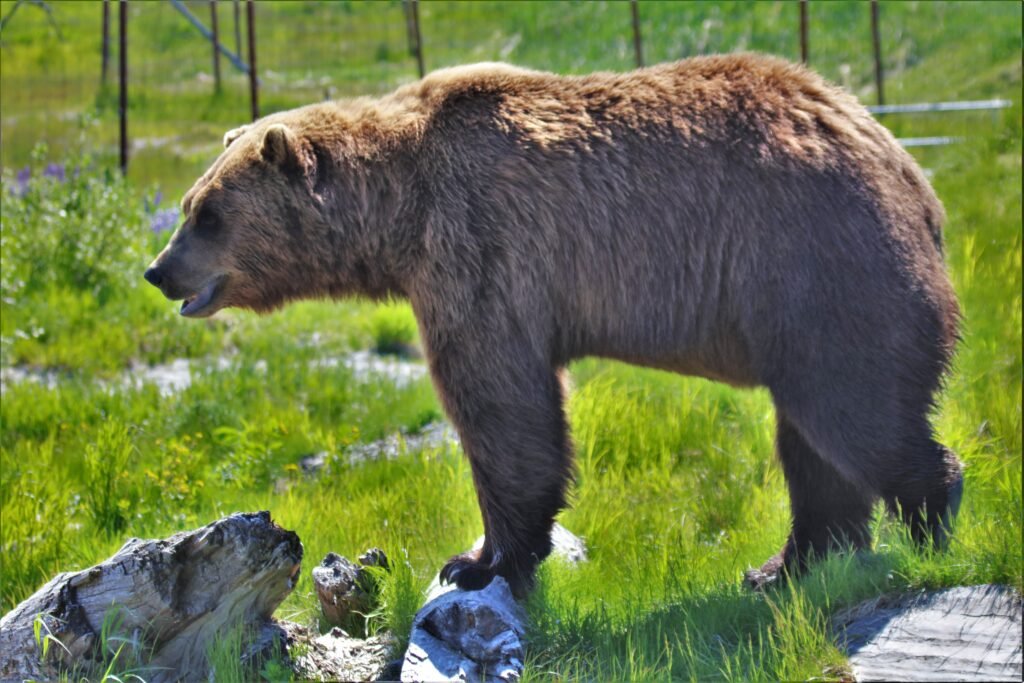Can you imagine a world where the haunting howl of the wolf or the gentle tread of a giant panda is silenced forever? Every year, Endangered Species Day reminds us that we’re dangerously close to losing some of our planet’s most extraordinary creatures. But in the face of this crisis, a new wave of hope is emerging—not from magic, but from the remarkable science of genetics. In the hands of conservationists, genetic research is becoming a lifeline for species teetering on the edge, offering solutions once thought impossible. The story of how genetics is helping to rescue wildlife from extinction is not just about science—it’s about resilience, innovation, and the fierce determination to keep Earth’s wild wonders alive.
The Silent Crisis: Why Species Are Disappearing
Across the globe, thousands of species are fighting for survival as their habitats shrink, climates shift, and human pressures mount. From the rainforests of South America to the savannas of Africa, extinction isn’t just a distant threat—it’s a present reality. The reasons are many: deforestation, illegal hunting, pollution, and the relentless spread of cities. As these pressures intensify, the genetic diversity of animal populations shrinks, making them even more vulnerable to disease and environmental change. The numbers are staggering, with scientists estimating that up to one million species face extinction within decades. This crisis is a call to action, urging us all to rethink our relationship with the natural world.
Why Genetic Diversity Matters More Than Ever
Imagine a deck of cards with only a few kinds left; it limits your options and makes it easier to lose the game. In nature, genetic diversity is like a full deck—populations with lots of genetic variety can better adapt to challenges, from disease outbreaks to climate swings. When diversity drops, species become fragile, almost like glass statues waiting to shatter. Loss of genetic diversity can lead to inbreeding, which increases the chance of harmful traits appearing, making survival even harder. By preserving and restoring genetic diversity, scientists can help species recover and thrive. It’s not just about numbers—it’s about resilience and the ability to weather the unexpected.
The Power of DNA: Unlocking Nature’s Blueprints
Every living creature carries a unique code written in its DNA, a blueprint that determines its strengths, weaknesses, and chances of survival. Today’s genetic tools allow researchers to read, analyze, and even compare these blueprints down to the tiniest detail. With techniques like genome sequencing, scientists can identify which animals are closely related, spot genetic bottlenecks, and plan breeding programs that maximize health. DNA analysis also helps uncover hidden populations and track illegal wildlife trade, shining a light on mysteries that once stumped conservationists. The ability to unlock these secrets is revolutionizing the way we protect endangered species.
Success Stories: When Genetics Saves the Day
Some of the most inspiring stories in conservation come from the intersection of genetics and determination. Take the black-footed ferret, once declared extinct in the wild. A tiny remnant population was found, and with careful genetic management, scientists have reintroduced hundreds back into their native grasslands. Similarly, the California condor, whose numbers dropped to just 27 individuals, is now soaring over the western skies again—thanks in part to genetic planning that prevented dangerous inbreeding. These victories prove that, with the right tools and commitment, it’s possible to pull species back from the brink.
Cloning: Science Fiction or Conservation Reality?
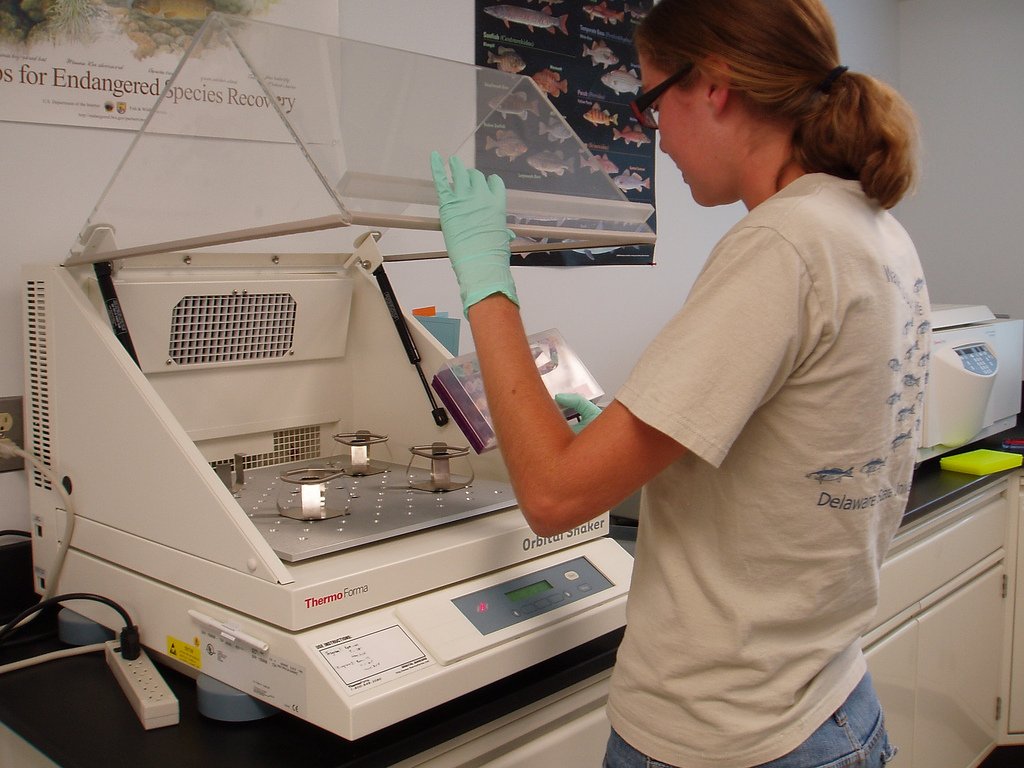
Cloning may sound like something out of a movie, but it’s becoming a real option for some endangered animals. By using the DNA from preserved cells, researchers can create genetic copies of animals that are gone or nearly gone. In 2021, the birth of Elizabeth Ann, a cloned black-footed ferret, made headlines worldwide. While cloning isn’t a silver bullet—it can’t restore lost habitats or fix all genetic problems—it offers a second chance for species with dwindling numbers. It’s a bold, controversial step, but for some, it may be the only hope left.
Gene Banks: Safeguarding Life for the Future
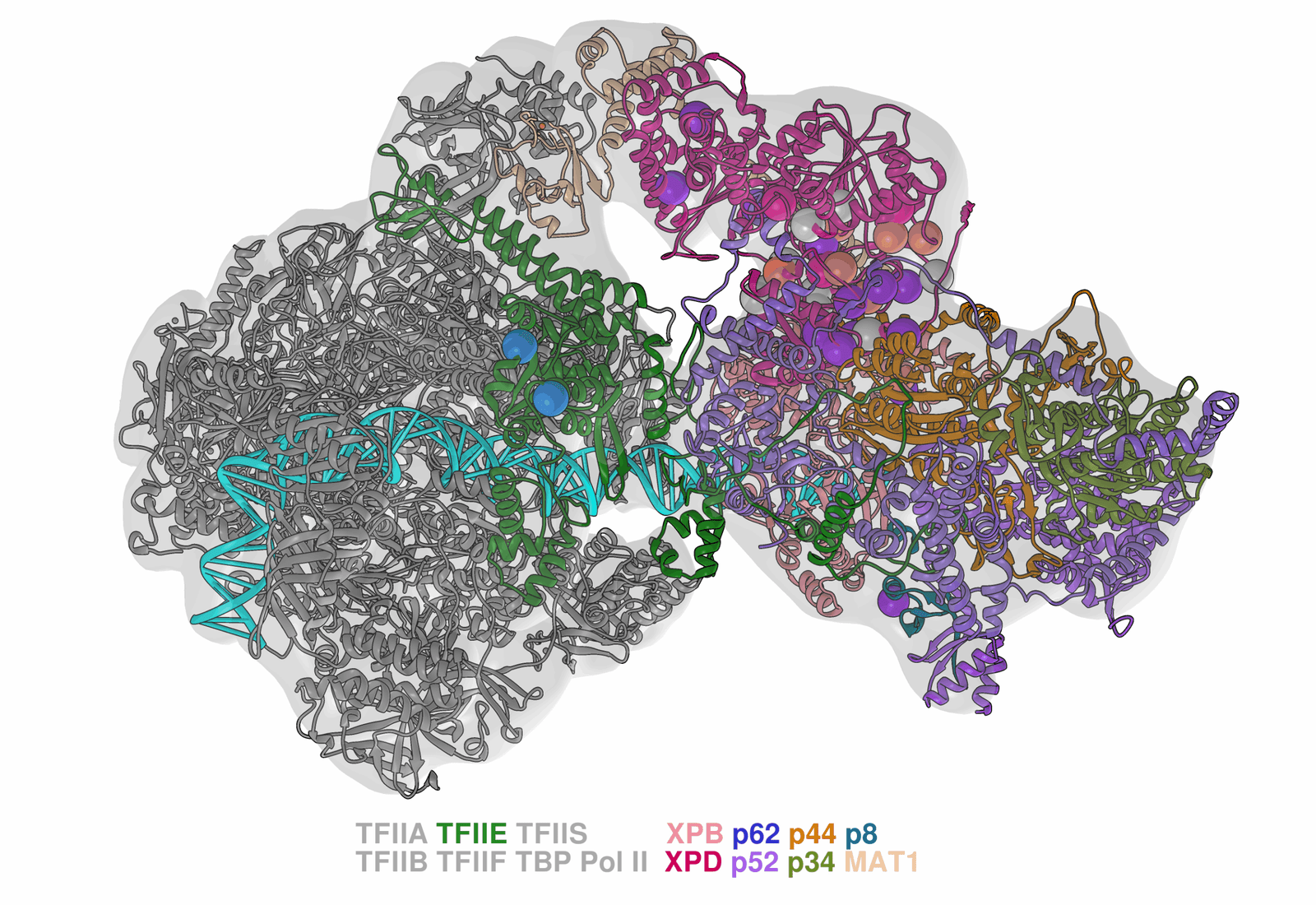
Around the globe, scientists are racing to collect and freeze genetic material from as many species as possible. These “gene banks” act like biological insurance policies, preserving sperm, eggs, and even embryos for future use. If a species’ population crashes, these frozen samples can be used to boost genetic diversity or even revive extinct animals. The Frozen Ark project and similar initiatives are gathering a vast library of life, ensuring that the genetic building blocks of our planet’s creatures aren’t lost forever. It’s a quiet but crucial part of the fight against extinction.
CRISPR and the Promise of Genetic Editing
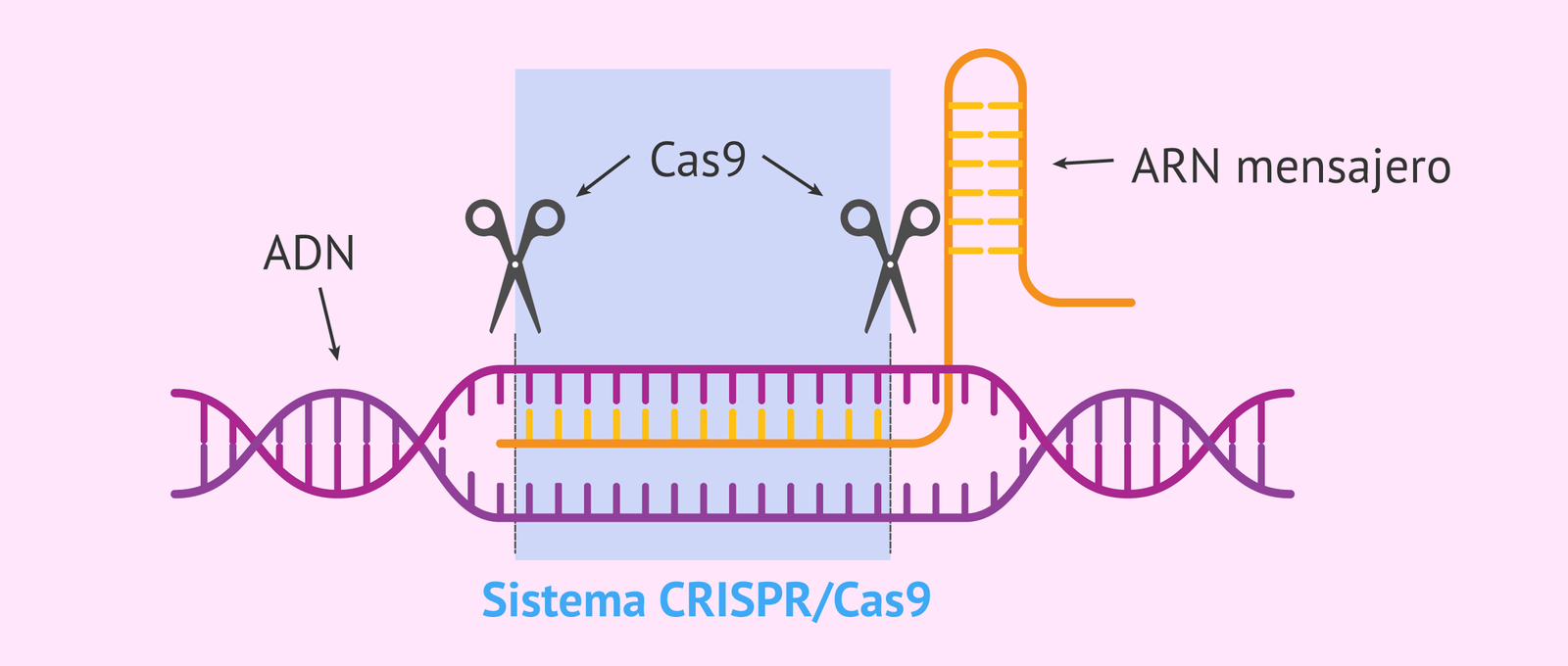
One of the most revolutionary tools in modern science is CRISPR, a technique that allows precise editing of DNA. For endangered species, CRISPR offers the possibility to correct harmful mutations, boost disease resistance, or even reintroduce lost traits. Imagine helping frogs fight off deadly fungal infections or giving cheetahs back the genetic variety they once had. While the technology is still young and raises ethical questions, its potential is enormous. Researchers are moving carefully, balancing the promise of genetic rescue with the need to respect the complexity of nature.
Combating Inbreeding With Smart Breeding Programs
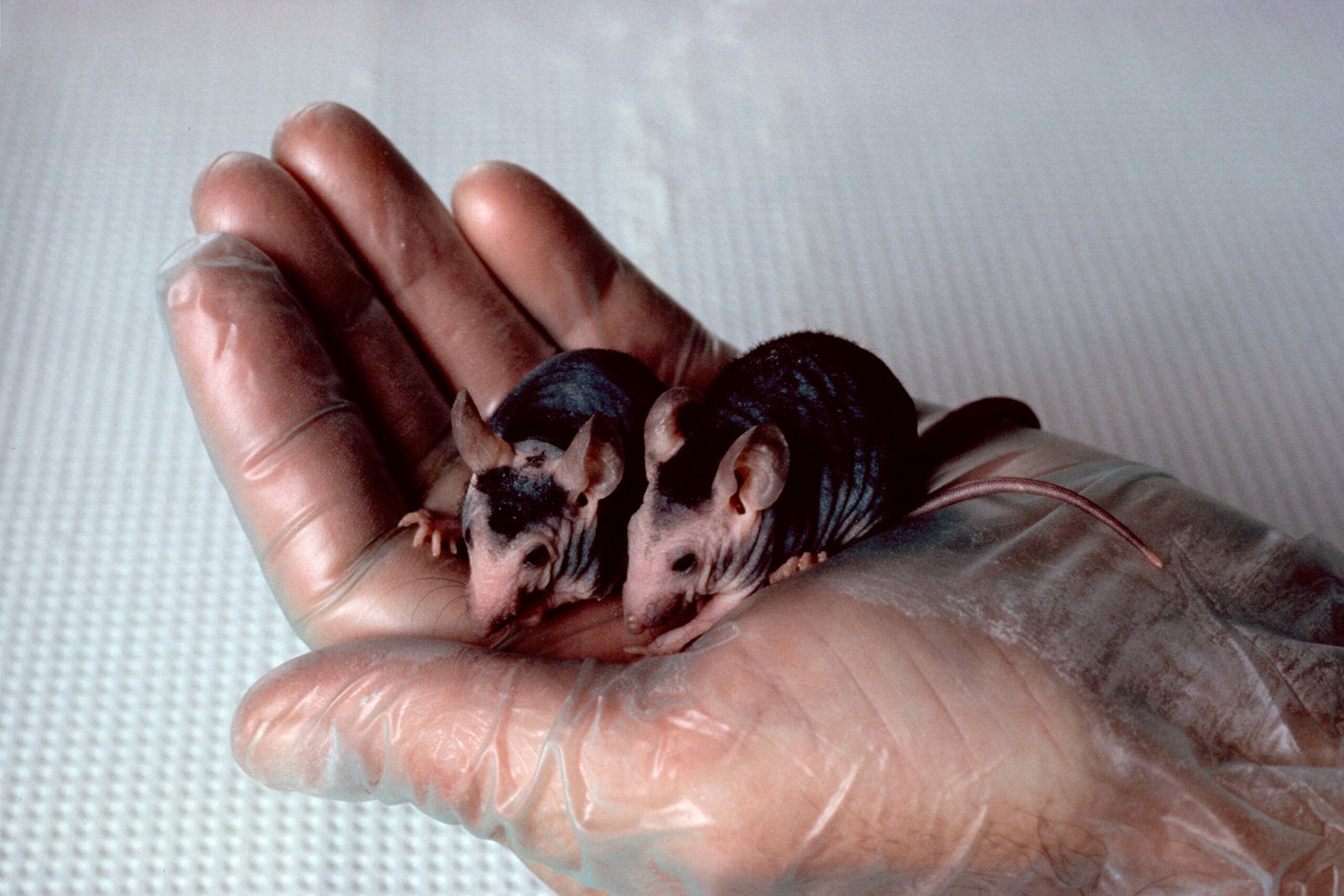
When populations become small and isolated, the risk of inbreeding skyrockets. This can lead to a host of problems, from physical deformities to lower fertility. Conservationists are using genetic testing to design breeding programs that pair the most genetically different individuals, maximizing diversity and health. Zoos, wildlife reserves, and breeding centers now routinely use DNA analysis to make these crucial decisions. The result? Stronger, healthier animals that stand a better chance of surviving in the wild.
Tracking Wildlife With Genetic Fingerprints
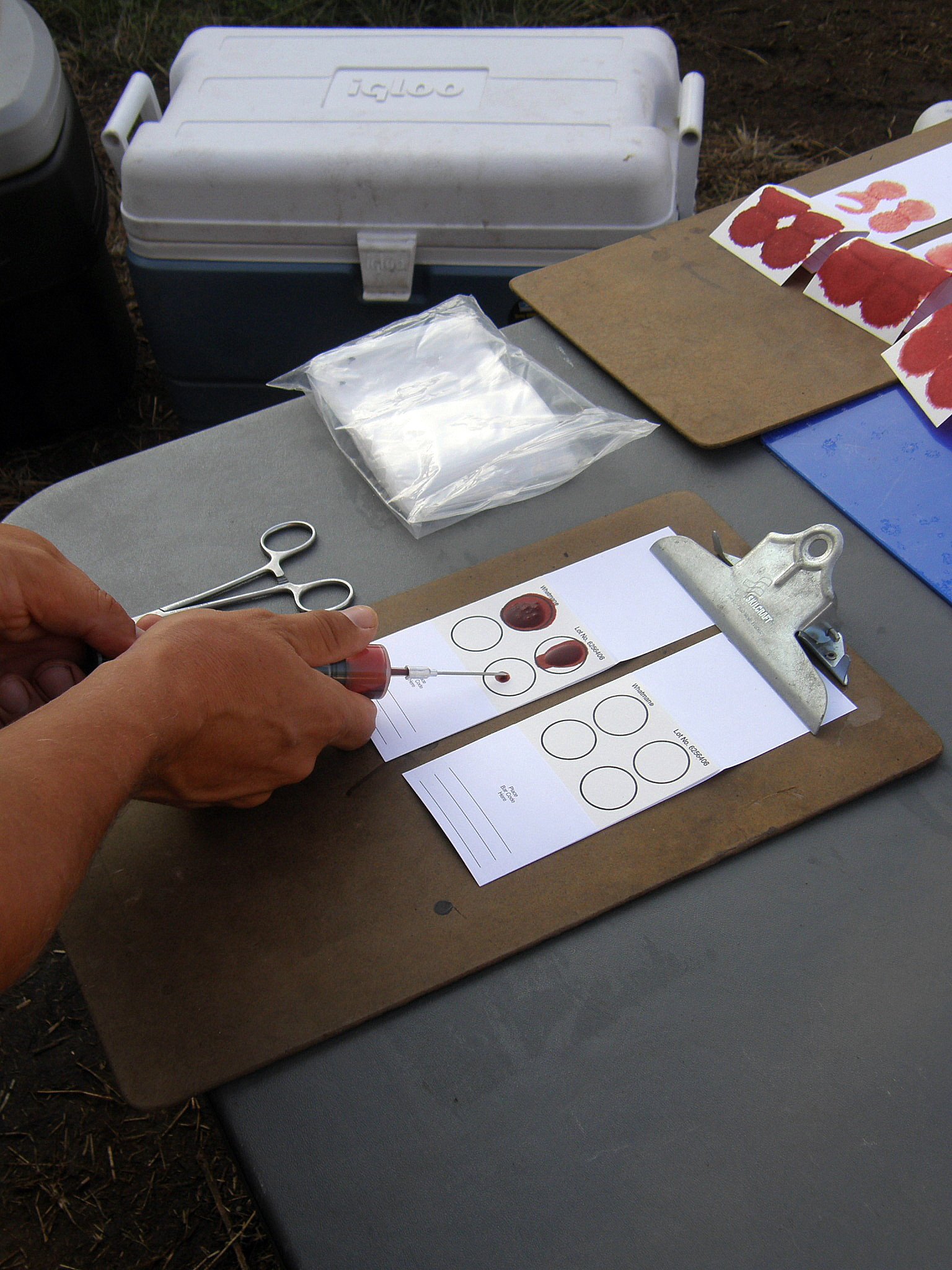
Just as every person has a unique fingerprint, every animal has a distinct genetic signature. Scientists can collect hair, feathers, scat, or even water samples to identify animals without ever seeing them. These genetic “fingerprints” help track elusive species, monitor population changes, and catch poachers. In Africa, DNA from elephant tusks has helped convict ivory traffickers, while in the Amazon, researchers track jaguars by analyzing river water. This detective work is giving conservationists a powerful new way to protect endangered species.
Rewilding Efforts Fueled by Genetics
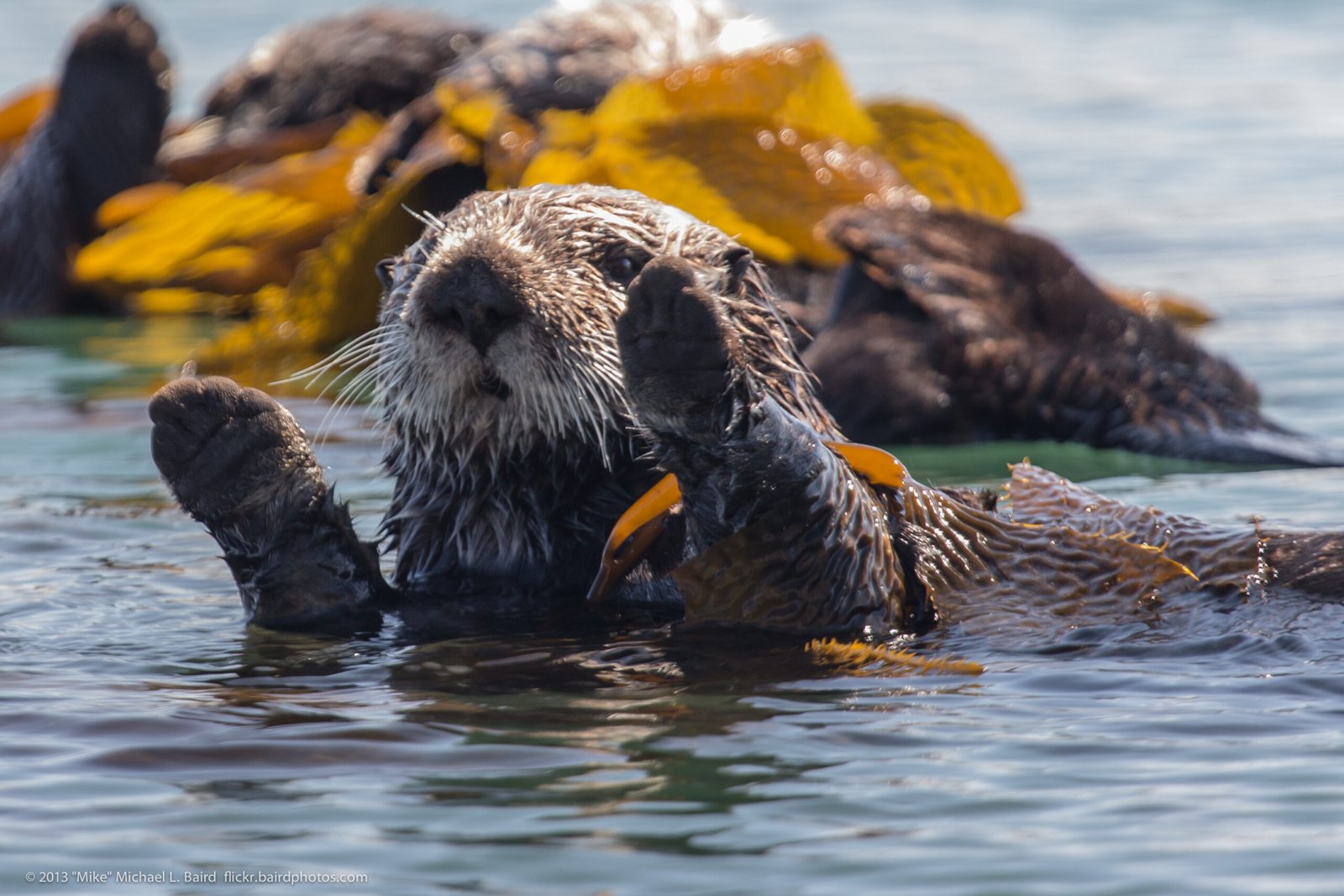
Rewilding means bringing animals back to places where they once lived, restoring lost ecosystems. But it’s not as simple as opening a gate. Genetics plays a crucial role in choosing which animals to release and where. By analyzing DNA, scientists ensure that reintroduced populations are genetically robust and suited to their new homes. In Europe, bison and lynx are returning to forests, guided by genetic insights. These efforts not only help species recover but also heal entire landscapes, bringing balance back to nature.
Genetics and the Fight Against Wildlife Disease
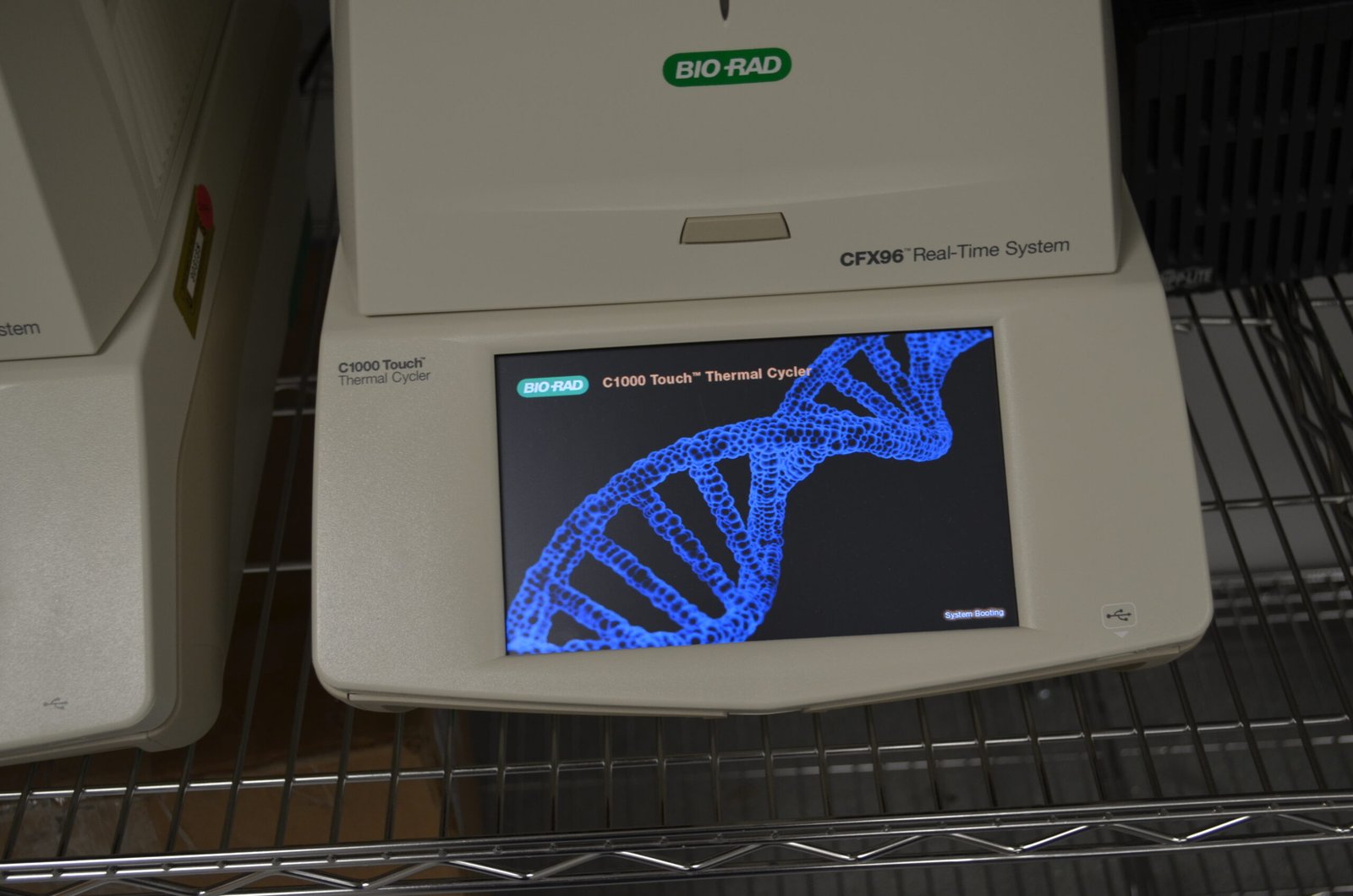
Disease can devastate endangered species with terrifying speed. Genetic research helps identify individuals with natural resistance and informs vaccine development. For example, Tasmanian devils have suffered from a contagious cancer, but genetic studies have found some devils with immunity. By breeding these survivors, scientists are giving the species a fighting chance. Genetics also helps monitor disease spread, allowing for targeted interventions before outbreaks spiral out of control.
Rescuing Plants and Pollinators: Not Just About Animals
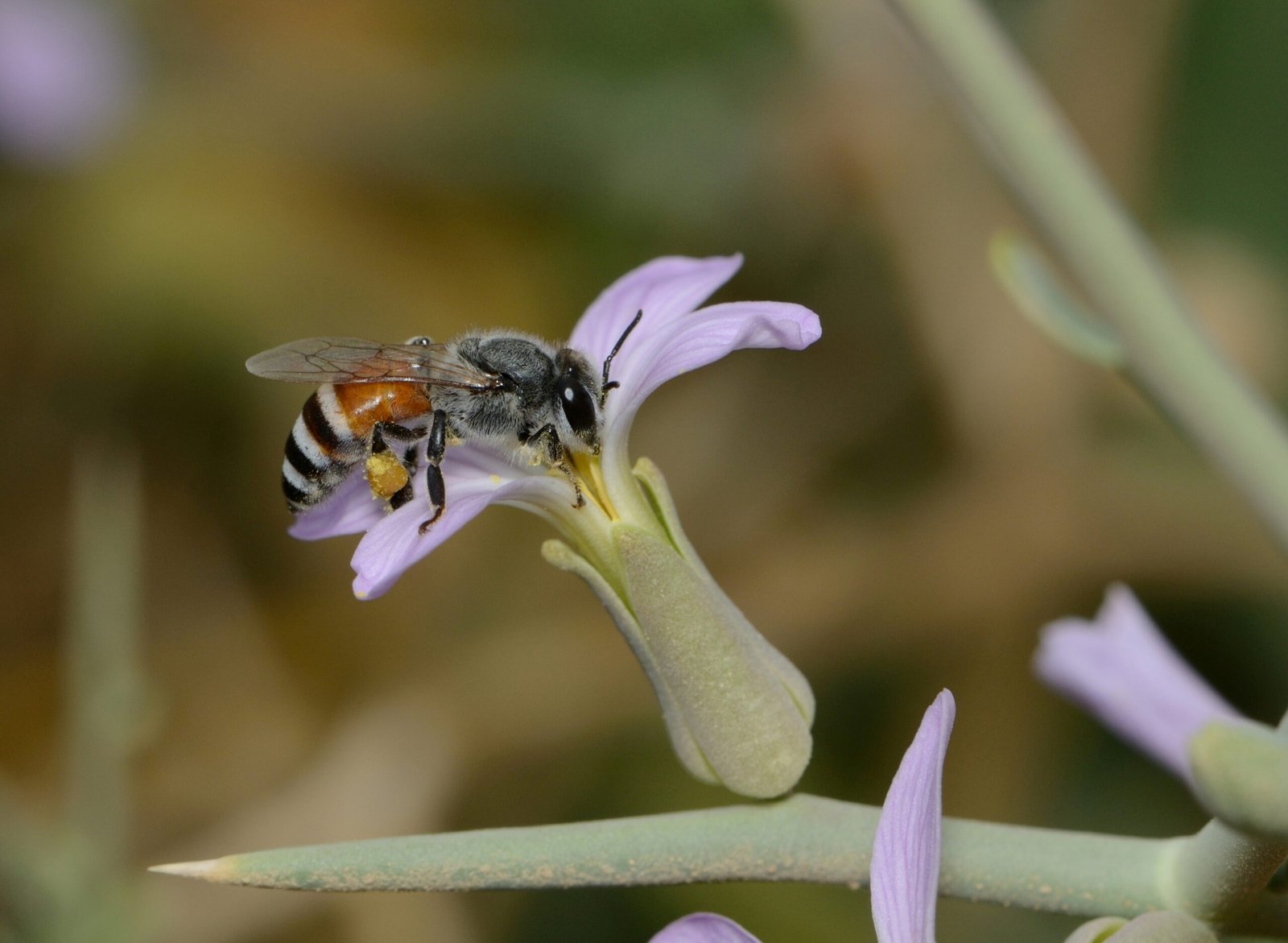
While charismatic animals often grab headlines, plants and pollinators are equally vital to healthy ecosystems. Genetic research is helping save endangered trees, flowers, and insects by identifying resilient individuals and preserving rare genes. For instance, efforts to save the Franklin tree and rare orchids depend on careful genetic studies. Protecting pollinators like bees and butterflies, whose populations are crashing worldwide, ensures the survival of entire food webs. In the grand tapestry of life, every thread matters.
Community Involvement: Genetics Meets Local Knowledge

Cutting-edge science alone can’t save species—local communities play a pivotal role. Around the world, indigenous peoples and landowners are joining forces with geneticists to protect wildlife. Their deep knowledge of landscapes and animal behavior complements the precision of DNA analysis. Together, they design conservation plans that respect both science and tradition. In Kenya, community-driven wildlife conservancies use genetic data to monitor lion populations, blending modern tools with age-old wisdom.
Climate Change: The Looming Threat to Genetic Health
As the world warms, habitats shift, forcing animals and plants to adapt or perish. Genetics offers hope by revealing which populations have the best chance of surviving new conditions. For example, some coral reefs harbor genetically heat-resistant corals, which scientists are now using to repopulate damaged areas. By focusing conservation efforts on these genetic “superstars,” we can help species weather the storms of climate change. The challenge is urgent, but the solutions are within reach.
Citizen Science: Ordinary People Making an Extraordinary Impact

You don’t need a lab coat to make a difference. Across the globe, volunteers are collecting samples, recording sightings, and even helping analyze genetic data. Apps and online platforms allow anyone to contribute to projects that map biodiversity or monitor endangered species. This grassroots movement is expanding the reach of genetic research, empowering people to become guardians of nature in their own backyards. The more eyes and hands involved, the more hope we have for the future.
Challenges and Controversies: The Ethics of Genetic Intervention
With great power comes great responsibility. Genetic rescue raises tough questions: Should we edit animal genomes? Is cloning justified if it means saving a species? What are the risks of unintended consequences? Scientists, ethicists, and the public are wrestling with these dilemmas, striving to balance innovation with caution. Open discussion and transparent research are essential to ensure that genetic tools serve both biodiversity and ethical values. The debate is lively, reflecting the high stakes for our planet’s future.
Looking Ahead: The Next Frontier in Conservation Genetics
The pace of discovery is accelerating. New technologies like environmental DNA (eDNA) allow scientists to detect species by simply sampling water or soil, revolutionizing how we monitor wildlife. Artificial intelligence is helping analyze massive genetic datasets, revealing patterns invisible to the naked eye. As costs drop and tools become more accessible, even small conservation groups can harness the power of genetics. The horizon is bright, filled with promise and possibility.
Inspiring Hope: The Human Spirit Behind the Science

At its core, the story of genetics and endangered species is a story of hope. It’s about passionate people—scientists, rangers, volunteers, and everyday citizens—who refuse to give up on the wild. Their work is driven by love, curiosity, and a sense of duty to future generations. Each rescued gene, every returned animal, is a victory for life itself. As we celebrate Endangered Species Day, we’re reminded that when science and heart join forces, remarkable things can happen.
The Call to Action: Protecting Life’s Genetic Heritage

The fate of countless species hangs in the balance, but the tools to save them are within our grasp. Genetics offers solutions, but it’s up to all of us to support conservation, advocate for bold policies, and cherish the diversity of life. The choices we make today will echo for centuries. Will we be the generation that turned the tide for endangered species—or the one that watched them vanish?

